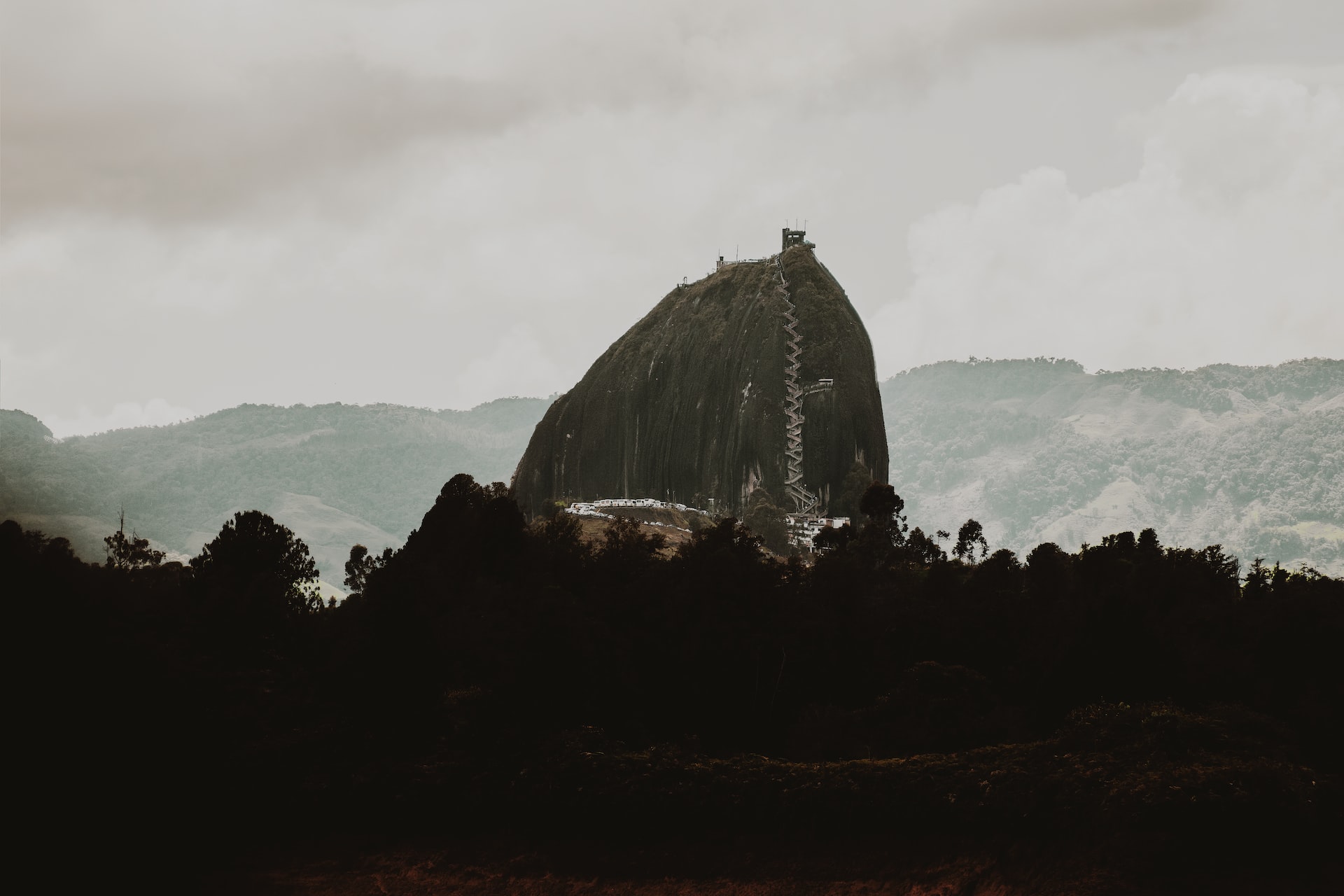The History Of Conservation Efforts And Their Impact On Preserving Natural Spaces

Conservation efforts aim to protect and preserve natural spaces and the biodiversity that they contain. These efforts have a long history, dating back to the 19th century, and have evolved over time to address new challenges and changing societal values.
Early Conservation Efforts: 19th and Early 20th Century
The early history of conservation efforts can be traced back to the 19th century when rapid industrialization and population growth in the United States led to the widespread destruction of natural spaces.
In response, a conservation movement emerged, led by figures such as John Muir and Theodore Roosevelt. These early conservationists aimed to preserve natural spaces for their aesthetic, recreational, and scientific value.
One of the most notable early conservation efforts was the creation of Yellowstone National Park in 1872, which was the first national park in the world. This was followed by the creation of other national parks, such as Yosemite, Sequoia, and Mount Rainier. These early conservation efforts were largely focused on protecting spectacular landscapes and scenic areas for public enjoyment.
Conservation Efforts in the Mid-20th Century: The Era of Resource Management
During the mid-20th century, conservation efforts shifted to a more resource-oriented approach, focused on managing and utilizing natural resources for human benefit. The formation of the U.S. Forest Service in 1905 and the U.S. Fish and Wildlife Service in 1940, were part of this new era of conservation. This era also saw the creation of wildlife refuges and wilderness areas, which aimed to protect specific species and habitats.
One of the most notable conservation efforts of this era was the creation of the Wilderness Act of 1964, which set aside large areas of land for preservation in their natural state. This act marked a shift towards protecting natural spaces for their ecological value, rather than just for their recreational and aesthetic value.
Conservation Efforts in the Late 20th and Early 21st Century: The Era of Biodiversity and Sustainability
In the late 20th and early 21st century, conservation efforts have focused on preserving biodiversity and promoting sustainable use of natural resources. This era has seen the recognition of the importance of protecting endangered species and their habitats, as well as the importance of preserving biodiversity for its ecological, cultural and economic value.
One of the most notable conservation efforts of this era was the Convention on Biological Diversity, which was adopted in 1992 and has been ratified by over 190 countries. The convention aims to protect biodiversity and promote the sustainable use of natural resources.
Another notable effort is the creation of Protected Area, such as UNESCO World Heritage Sites and Biosphere Reserves, which aim to protect and conserve unique and threatened ecosystems and cultural heritage.
Additionally, conservation efforts have increasingly incorporated the participation and engagement of local communities and indigenous peoples, recognizing their traditional knowledge and role as stewards of natural spaces.
Community-based conservation and the recognition of indigenous people’s rights over their traditional lands and resources can help to ensure that the benefits of conservation are shared equitably and that local communities have a stake in the protection of endangered species and biodiversity.
In conclusion, conservation efforts have a long history, dating back to the 19th century, and have evolved over time to address new challenges and changing societal values. Early conservation efforts were focused on preserving natural spaces for their aesthetic and recreational value, while later efforts have emphasized the importance of preserving biodiversity and promoting sustainable use of natural resources.
Today, conservation efforts continue to evolve, with an increasing emphasis on community-based conservation and the recognition of indigenous people’s rights over their traditional lands and resources. It’s important for individuals, communities, and governments to continue to support conservation efforts to preserve natural spaces for future generations.
Resources:
- Conservation | National Geographic Society
- Changing Concepts and Values in Natural Heritage Conservation: A View through IUCN and UNESCO Policies
- Social Norms and Global Environmental Challenges: The Complex Interaction of Behaviors, Values, and Policy | BioScience | Oxford Academic
- Understanding the value and limits of nature-based solutions to climate change and other global challenges | Philosophical Transactions of the Royal Society B: Biological Sciences
- Protecting our natural spaces | WWF
- How Can We All Help Conserve Nature?
- https://www.americanprogress.org/article/much-nature-america-keep/
- The Nature Conservancy
- Preserving natural spaces for people and wildlife





